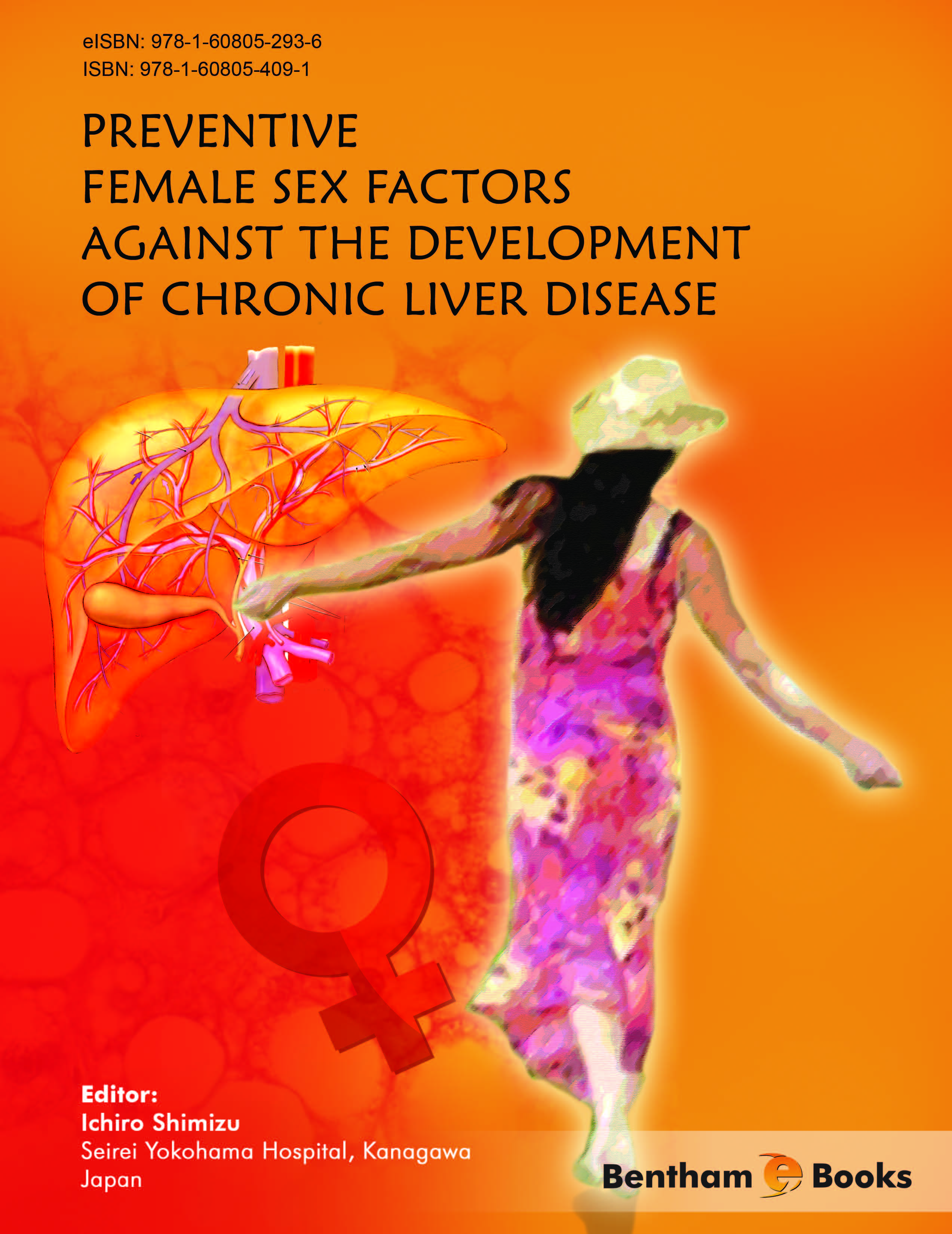The era of individualized medicine has arrived in the field of hepatology. Medicine based on genetic polymorphisms is a growing trend, especially for patients with chronic liver diseases arising from infection with hepatitis C virus (HCV), an endemic disease in Japan. In August 2009, single nucleotide polymorphisms (SNPs) of IL-28B, also known as interferon-λ, were shown to be an important host factor affecting the efficacy of ribavirin and pegylated interferon therapy in patients with chronic hepatitis C. As of July 2010, the Japanese Ministry of Health, Welfare, and Labor has allowed the use of these SNPs for advanced medical care to predict the therapeutic efficacy of given treatments in individual patients. Also in 2010, SNPs of the inosine triphosphatase (ITPA) gene were found to be a host factor determining the extent of hemolytic anemia caused by ribavirin, and it seems that genetic factors contributing to the development of other adverse effects, such as neutrocytopenia, thrombocytopenia and interstitial pneumonia, are likely to be identified in the near future. A genome-wide association study (GWAS) of SNPS will enable hepatologists to achieve such notable progresses, possibly clarifying the mechanisms involved in persistent infections of HCV.
While individualized medicine is a recent trend in hepatology, it has also been part of traditional approaches in ancient medicine traditions arising in Asian countries, including Japan. More than ten centuries ago in Europe, Christian clergies performed therapeutic procedures for various diseases based on their religious dogma. Phlebitis was performed for all patients, regardless of the type of disease and even among those afflicted with plague, according to the theory established by Galenus in Greece during the mid-second century AD. Such medical practices were performed in a uniform manner based on the hypothesis that all diseases developed as a result of imbalances among the four humors (blood, yellow bile, black bile, and phlegm) that had been described by Hippocrates during the fifth century BC. In contrast, in medieval Japan, traditional medicine was established by Buddhist priests based on superstitious divination as well as their religious world views. They used various types of herbs for therapeutic procedures, and different mixtures of numerous herbs were given to patients even if they had the same disease depending on their facial color and the size and strength of the pulse of each patient. These therapeutic approaches have evolved into modern Kanpo-medicine, a traditional form of individualized medicine in Japan.
Although the condition of the pulse and genomic polymorphisms are useful parameters in algorithms for individualized treatment in Kanpo-medicine and recent hepatology, respectively, all physicians would likely agree that the age and sex of the patients are the most important factors in the individualized treatment of various diseases. In patients with a persistent HCV infection, for example, liver fibrosis progresses more rapidly in men than in women. Thus, women with HCV infection generally tend to develop hepatocellular carcinoma later in life than men. Also, the efficacy of ribavirin and pegylated interferon therapy is well known to be superior in women than in men among patients with chronic hepatitis C in Europe and the United States, while the therapeutic efficacy has been shown to be superior in male patients than in female patients in Japan. Moreover, autoimmune hepatitis and primary biliary cirrhosis are frequent diseases among elderly women, but are rare in men of any age. Although the frequency of non-alcoholic fatty liver diseases is greater in men than in women in Japan, the incidence of non-alcoholic fatty liver diseases increases according to age only in women. These fundamental observations in clinical hepatology have prompted us to recognize that sex, as well as age, is an essential factor for establishing algorithms to perform individualized medicine in patients with liver diseases. All of these topics are discussed in the chapter of this book entitled, “Preventive Female Sex Factors against the Development of Chronic Liver Disease”.
This distinguished and challenging book was edited by Dr. Ichiro Shimizu, a pioneer in sex- and/or gender-specific medicine, especially for liver diseases, in Japan. Ten excellent articles written by specialists in various fields of hepatology, such as viral hepatitis, autoimmune liver diseases, alcoholic and non-alcoholic fatty liver disease, and hepatocellular carcinoma, are presented in this book. Readers of this book will be able to obtain consensus information regarding sex differences in liver diseases. I believe that this book will be useful for all researchers and clinicians working in the field of hepatology, serving as a bible for sex- and/or gender-specific medicine, and may contribute to progress in individualized medicine regardless of the therapeutic approach: either modern medicine focusing on genetic polymorphisms or Kanpo-medicine using various herbs.
Satoshi Mochida
Saitama Medical University
Saitama, Japan

